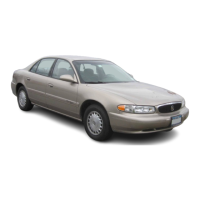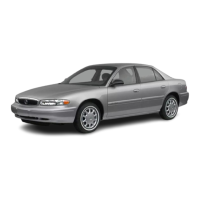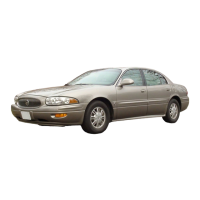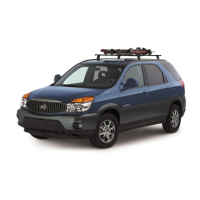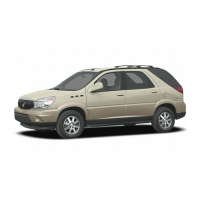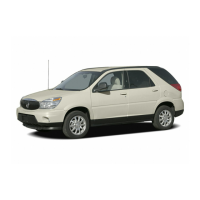Q: What are the different types of add-on child
A:
Add-on child restraints, which are purchased by the
restraints?
vehicle’s owner, are available
in
four basic types.
Selection of a particular restraint should take
into consideration not only the child’s weight, height
and age but also whether or not the restraint will
be compatible with the motor vehicle in which it will
be used.
For most basic types
of
child restraints, there are
many different models available. When purchasing a
child restraint, be sure it is designed to be used
in a motor vehicle.
If
it is, the restraint will have a
label saying that it meets federal motor vehicle
safety standards.
The restraint manufacturer’s instructions that come
with the restraint state the weight and height
limitations for a particular child restraint. In addition,
there are many kinds
of
restraints available for
children with special needs.
Newborn infants need con ete support,
including support for the head and neck. This
is
necessary because a newborn infant’s neck
is
weak and
its
head weighs
so
much
compared with the rest of
its
body. In a crash,
an infant
in
a rear-facing seat settles into the
restraint,
so
the crash forces can be
distributed across the strongest part of an
infant’s body, the back and shoulders. Infants
always should be secured
in
appropriate infant
restraints.
1-54

